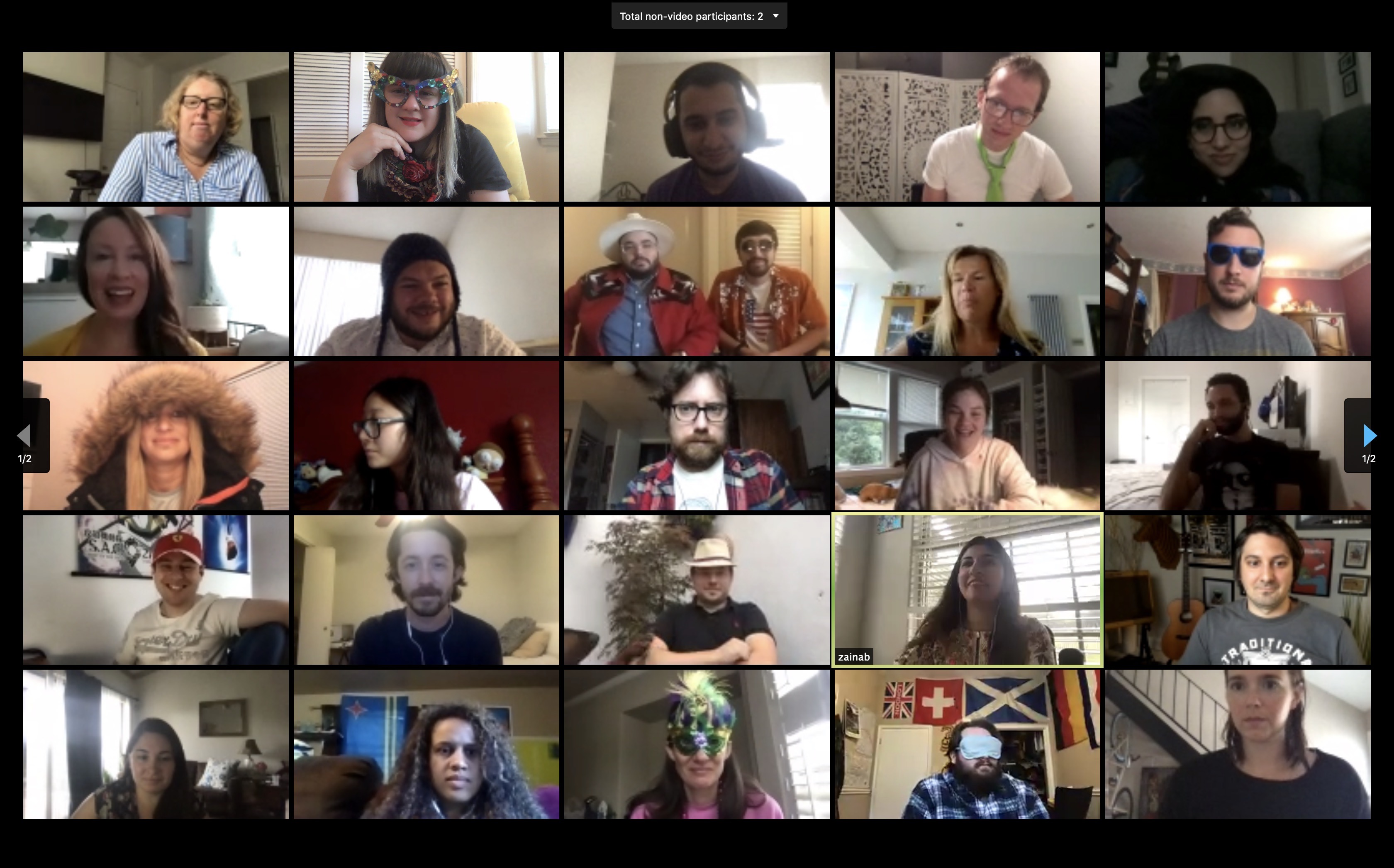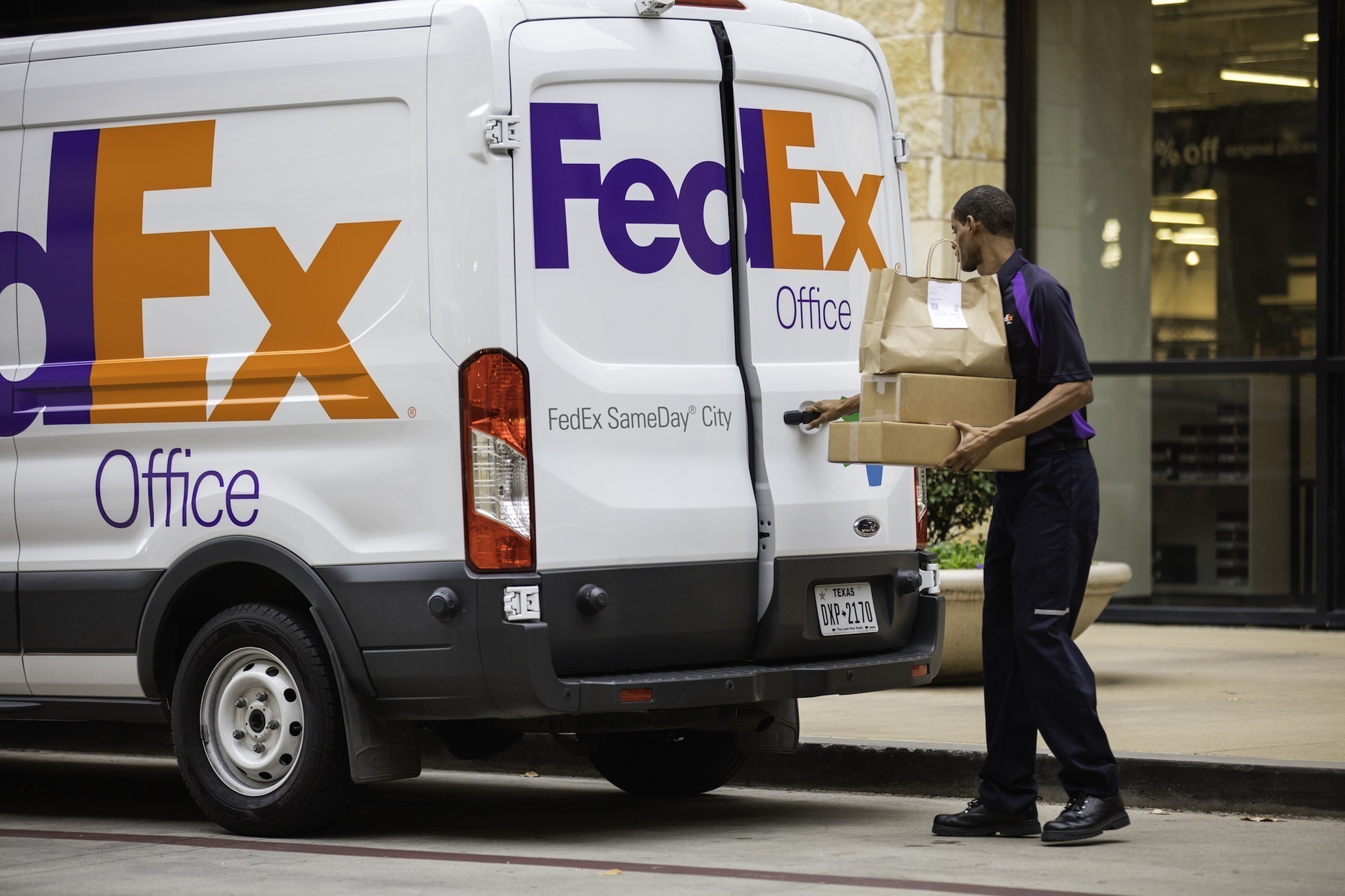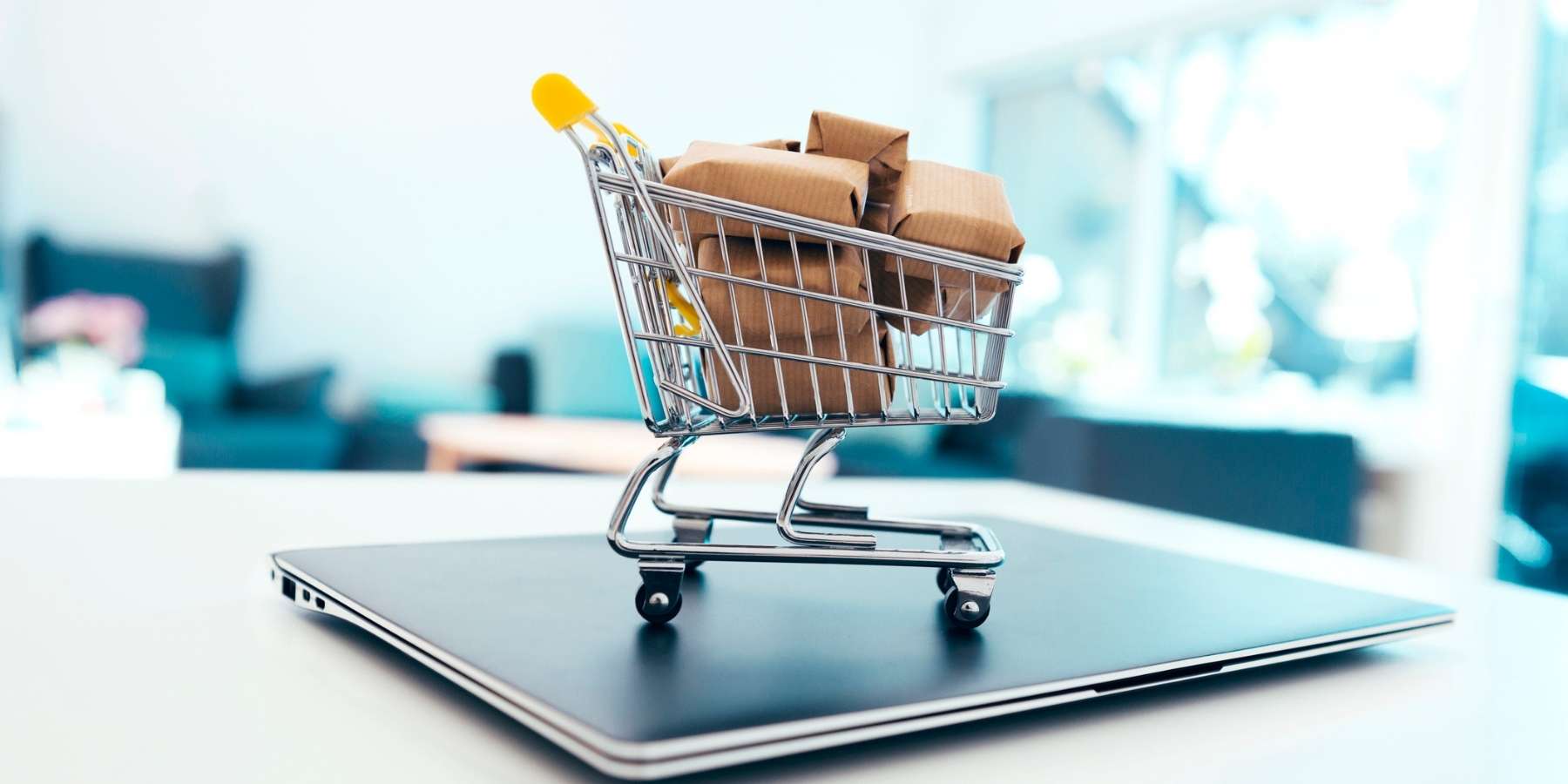Amazon was a trailblazer in the eCommerce landscape. They innovated in countless ways, and they transformed customers’ shipping expectations. Retailers should start by adopting a shipping-first mindset. With just a few setup steps, any eCommerce merchant can provide an Amazon-like checkout to transform every customer’s shopping experience.
The Amazon-like checkout process is an experience merchants dream of offering to customers. Think about it: what would you include if you could build a checkout experience from scratch? You’d probably prioritize clarity first and foremost. Of course, you’d break down packages by their contents, arrival dates, and shipping speeds. You’d ensure checkout was the smoothest part of your customer’s journey. Whatever it took to ensure those frictionless experiences increased conversions and cut down on cart abandonment. To break it down, you’d probably build something identical to the Amazon checkout process.
Smaller retailers have always had the chops to compete with Amazon in many other areas like price and service. But many still struggle to create a checkout and shipping process that emulates Amazon’s process. But fear not, retailers. Amazon-like checkout is more accessible than you might think. And it’s waiting in your ShipperHQ dashboard.
Straying from Amazon
Amazon has dominated the eCommerce market for nearly two decades. In 2020, the company was slated to account for nearly 40% of all eCommerce transactions, but the onset of COVID-19 and the slew of complications it brought had a significant impact on Amazon’s progress. Rampant delays marred the reputation of the digital giant as the most reliable in the industry and signaled a shift in consumer sentiment.
Today, about half of millennials are willing to pay more for products if they can support small businesses. Twenty-four percent of them plan to shop more with small businesses in 2020. Customers’ expectations haven’t changed. They’ve adjusted their habits from relying on Amazon to depend on other retailers.
Checkout Expectations
The single most significant factor in your checkout and shipping strategies should be to give customers experiences they enjoy. The short of it is pretty general: they want accurate rates, clarity on when their package will arrive, and, most importantly – free shipping.
We can further gather insight into what customers expect from industry data:
- 45% of consumers abandon carts because of unsatisfactory delivery choices
- 60% want to see a delivery date before making a purchase
- 44% abandon carts because of high shipping costs
- 61% have abandoned carts because no free shipping option was offered
- 35% prefer alternate delivery locations at checkout
Customers also have high and specific expectations for their checkout experience. They want clarity, choice, and value. As a merchant, you might say, “I want all those things too, but it’s not that easy!” Unless it is. Let’s consider the elements that make up the Amazon checkout experience:
Amazon’s Formula:
PART 1: A clear breakdown of split shipping packages
PART 2: Choices for each package
PART 3: Clear, guaranteed delivery dates for each package
PART 4: Alternate options (Two-day Pickup in this example)
While it might be frustrating to reckon with, there’s no denying that the Amazon experience is user-friendly and encourages – rather than hinders – the purchase decision. You may not be able to emulate every facet of the experience, but you can take some cues from the experts to understand how to provide your customers with an equally simple and effective process.
Applying The Formula to Your Checkout
Let’s start by breaking down each part of the formula. Parts one and two go hand-in-hand, so let’s explore the value of split shipping:
- PART 1: A clear breakdown of packages
- PART 2: Choices for each package
Split Shipping happens when items from a single order need to be shipped separately because of availability, location, or packaging requirements.
For example, suppose you’re a specialty sock retailer with multiple warehouses. In that case, a customer might order several different pairs of socks available at separate warehouses in other states. Old-school shipping solutions might have required you to wait for a shipment from one warehouse to another before finally shipping out the entire sock order.
Instead, split shipping means the socks ship from their respective locations much sooner than they would otherwise. This can shave days, or even weeks, of a delivery. Using a split shipping method will also break down your customer’s options clearly and communicate to them precisely what packages will contain which products.
Alternatively, a customer may order socks for themselves and a pair for a friend for an upcoming birthday. Because the socks are located at different warehouses, they’ll ship separately, but what if the birthday socks need to arrive sooner?
Simple: configure your shipping strategy to offer separate shipping speeds on each package dispatched. With this process in place, your customers can pay for expedited shipping for one part of the order and free, slower shipping for the socks they ordered for themselves.
Additionally, the flexibility of the divided checkout allows customers to choose individualized delivery choices for each shipment.
PART 3: Clear, guaranteed delivery dates for each package
If you’re an eCommerce merchant in 2023 and you’re not showing up-front delivery dates, you’re behind the times. It no longer suffices to simply display a range of business days (“Arrives in 5-7 business days). Today, customers want specifics. If the customer who ordered those birthday socks has miscalculated, those fuzzy tubes might arrive a week late, delaying all the magic of the moment along with them.
In one checkout usability study, Baymard found that users need help relating shipping speeds to delivery dates. In other words, it’s easier to understand specific delivery dates, e.g., “July 28-31” rather than “7-10 day shipping.” The study also showed that subjects often miscalculated their delivery date due to blackout dates, weekends, lead times, or holidays. This method puts all the onus on the customer to figure out the math.
As the self-described “world’s most customer-centric company,” it’s no secret that Amazon has cracked the code for customer-centricity. Hence, they made delivery dates a standard part of the checkout experience.
PART 4: Alternate options
Amazon introduced its Locker pickup locations in 2017 and has seen resounding success in its initial alternate pickup option. Today, options are expanded to Amazon brick-and-mortar stores, package dropoff and pickup locations within communities like college campuses and even same-day delivery.
While this step was industry-leading, the other primary carriers in online delivery have quickly innovated to level the playing field. Take FedEx’s Hold At Location (HAL) service, which lets customers pick up packages at predefined locations, saving you on residential delivery fees and offering security and convenience for customers. Innovations like this and UPS’s Access Points have contributed to an ecosystem that’s rapidly expanding and getting more creative.
Providing options inspired by Amazon’s alternate options is a smart way to give control back to customers in the most transparent way possible. As a small retailer, you might feel intimidated by offering options like these, which can feel ambitious. The good news is, that setting up these options is usually straightforward and relies much more on the last-mile delivery carrier than on the merchant.
Bonus: If you’re an eCommerce retailer with a brick-and-mortar location, you can provide curbside pickup or local delivery. It’s an option Amazon simply cannot directly compete with. Additionally, the recent push toward small business shopping has increased consumer awareness and demand for small business innovation. Presenting online solid shipping options, accompanied by local pickup or delivery choices, is a one-two punch you should take advantage of.
Setting Up Your Amazon-Like Checkout for Magento
Ok, you’ve seen the tactics and heard the numbers: what’s next? Fortunately, we have an out-of-the-box solution to help transform your checkout without significant changes to your site or platform.
ShipperHQ is the world’s most famous shipping management solution. With our powerful solution, your checkout could soon look like this:
Magento users can opt for our Enhanced Checkout feature, which enables split shipping and many other features that create the smoothest checkout process possible*. A polished, professional checkout experience like this one elevates your brand’s aesthetic and increases conversions from customers who know exactly what to look for in an eCommerce experience.
Setting up Optimized Checkout for Other Platforms
While Enhanced Checkout is only available for Magento 2 users, ShipperHQ’s powerful Shipping Rate Management Platform is available to merchants on Salesforce Commerce Cloud, BigCommerce, Shopify, WooCommerce, and Zoey. Thousands of merchants depend on the features offered on our platform to streamline their shipping process. Several key features can also help you build an Amazon-like checkout experience. A few of them are:
- Shipping/packaging efficiency: Use dimensional packing and weight for the best shipping margins possible. Use multi-origin shipping to ship from the closest location to a customer.
- Delivery choices: offer same-day delivery, alternate delivery, LTL freight, and many other shipping options
- Accurate rates: dimensional weight, address validation, and live rates give you the most accurate rates available
- Shipping rules: one of the most powerful ways to ship smarter, these rules allow you to implement logic into your shipping process based on shipping groups, customer groups, shipping zones, or other filters you select.
Ready to start taking on Amazon yourself? Sign up for a free trial to see our powerful tool in action. Or, drop us a line if you’d like us to show you the ropes.
FAQs
How can I implement an effective upselling or cross-selling strategy in my checkout?
Implement an effective upselling or cross-selling strategy by utilizing shipping rules on platforms like ShipperHQ to suggest products or premium shipping options during checkout based on the customer’s cart contents or past purchases.
What measures can I implement to ensure my Amazon-like checkout is mobile-friendly and responsive?
Ensure mobile-friendly and responsive Amazon-like checkout using platforms designed for mobile responsiveness, such as ShipperHQ. Optimize the interface to scale appropriately on various screens and ensure quick loading times.
How does split shipping work, and in what ways does it benefit customers?
Split shipping allows items from an order to be shipped separately due to availability, location, or packaging. This can reduce delivery times and enable customers to choose different delivery options for each shipment.
How can clear, guaranteed delivery dates enhance the checkout experience?
Clear, guaranteed delivery dates eliminate the need for customers to calculate estimated delivery dates, enhancing the user-friendly and customer-centric nature of the checkout process.
What are some of the alternate delivery options I can offer to enhance the Amazon-like checkout experience?
For added customer convenience, offer alternate delivery options like pick-up points, same-day delivery, local delivery, or curbside pickup. Most of the setup depends on the last-mile delivery carrier, easing the process for small retailers.
*Enhanced Checkout is coming soon for other platforms. Stay tuned!






